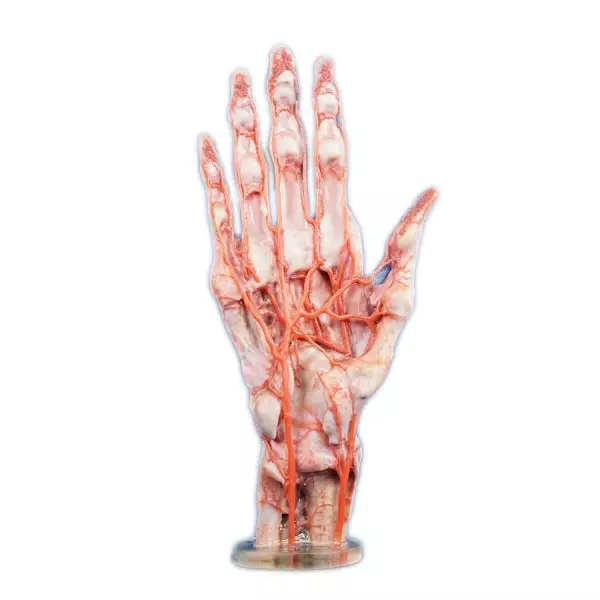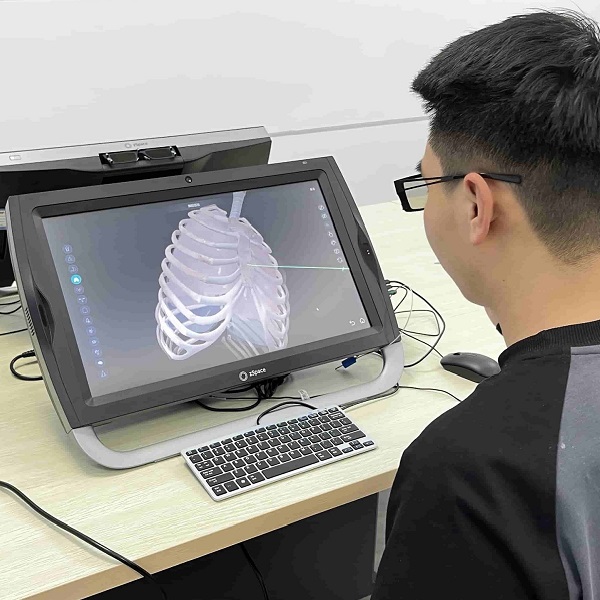Table Anatomy: A Guide to Understanding the Basics
Are you curious about table anatomy? Well, look no further! In this guide, I will walk you through the different components of a table and help you understand its structure and function.
The Legs: The Foundation of Every Table
Let’s start with the legs. They are like the pillars that provide stability and support to the entire table. Whether it’s wooden or metal legs, they play a crucial role in keeping your table steady.
In addition to stability, some tables have adjustable legs that allow you to customize their height according to your preference. This feature is particularly useful when using tables for various purposes such as dining or working.
DIGIHUMAN Service: Taking Table Anatomy to Another Level

If you thought tables were just pieces of furniture, think again! With advancements in technology, we now have services like DIGIHUMAN that take table anatomy to another level.
DIGIHUMAN offers innovative solutions by integrating smart features into tables. Imagine having a built-in wireless charging pad on your coffee table or an interactive touch screen on your study desk – these are just some examples of how DIGIHUMAN is revolutionizing our interaction with tables.
Anatomical Head Model: Combining Artistry and Science
Now let’s dive into something unique – anatomical head models. These fascinating creations combine artistry and science to provide a detailed representation of human heads’ internal structures.
Anatomical head models are commonly used in medical education settings where students can study cranial nerves, blood vessels, and brain structures in detail. They serve as valuable tools for understanding human anatomy better.
In Conclusion
To sum up, understanding table anatomy is essential for appreciating the functionality and versatility of tables. From the foundational legs to the innovative features offered by services like DIGIHUMAN, tables have come a long way.
So next time you sit at a table or encounter an anatomical head model, take a moment to appreciate their design and purpose. They are not just objects but fascinating creations that enhance our daily lives in various ways.

a
